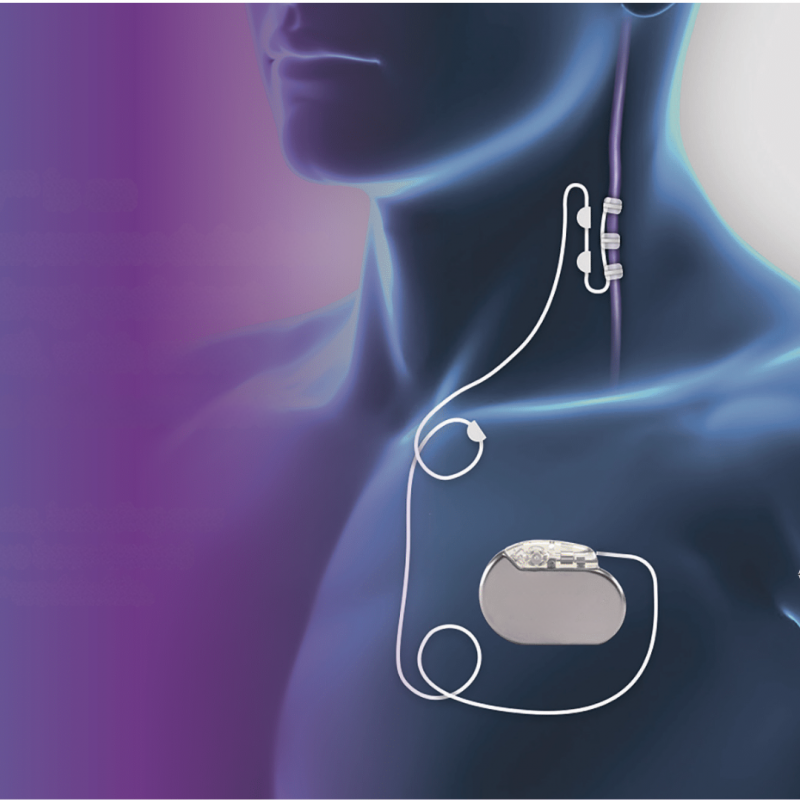As part of the therapy, you will also receive a magnet wristband. By briefly placing the magnet over the implanted generator, you may be able to stop a seizure from progressing, shorten its duration, or lessen its intensity. However, the magnet is not needed for routine stimulation, which occurs automatically.
When Can I Expect to Feel the Effects?
Successful VNS therapy typically results in a reduction in seizure frequency or intensity, although the response is highly individual. The optimal effect of stimulation may take several months to one or even two years after surgery to become fully apparent. In many cases, the benefits of stimulation do not diminish over time—in fact, they may gradually improve.
In addition to seizure control, VNS therapy can have a positive overall impact on quality of life. Many patients report improvements in mood, alertness, and memory.
If VNS therapy proves ineffective—meaning it does not reduce seizure frequency or severity—the device can be turned off or surgically removed if needed.
Importantly, VNS implantation does not interfere with future treatment options, including new medications or surgical procedures. MRI scans can be performed with an implanted VNS device, but the stimulator must be turned off before the procedure.



